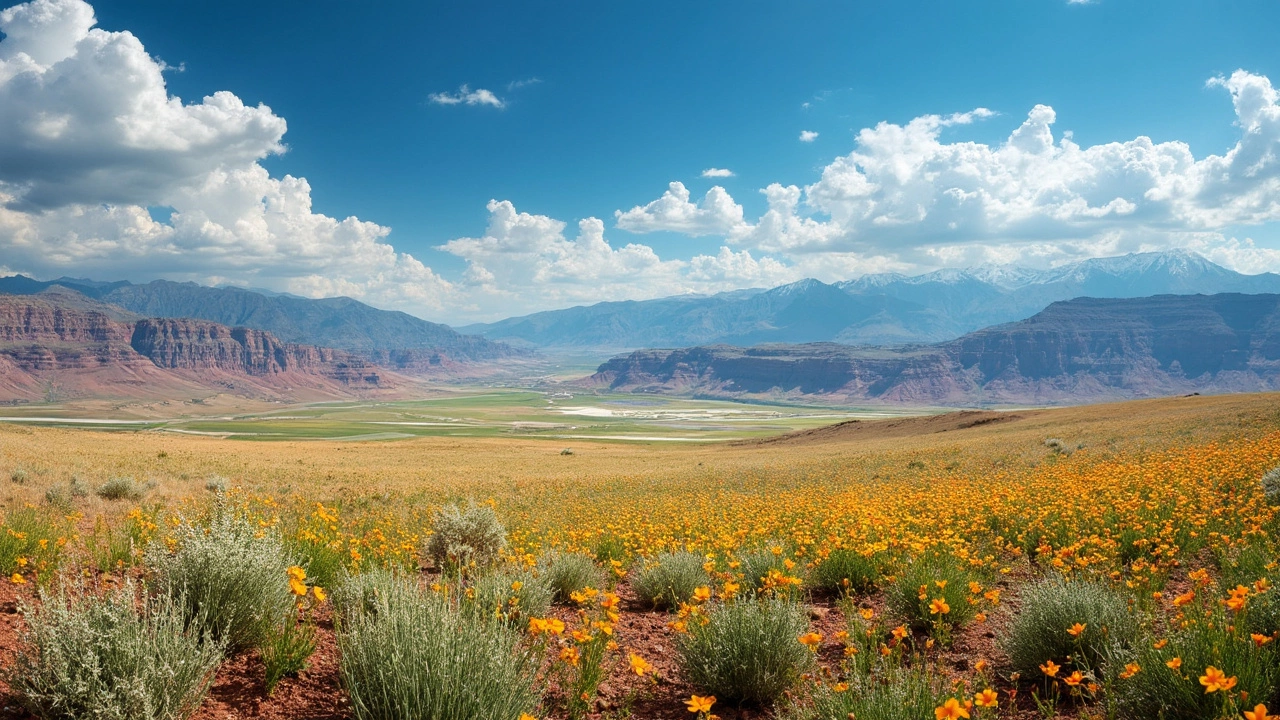Utah Property Investment: Real Tips for Real Returns
If you’re eyeing Utah for your next real‑estate move, you’re not alone. The state mixes low taxes, strong job growth, and outdoor appeal, which makes it a magnet for buyers and renters alike. Below are the core things you need to know before you put money down.
Where to Buy: Hot Spots and Why
Salt Lake City still leads the pack with a diverse economy and a steady influx of young professionals. Neighborhoods like Sugar House and the East Bench offer cheaper entry points and solid rental demand. If you prefer a slower pace, places like Park City and Provo bring tourism dollars and college‑town stability. Look for areas where new businesses are setting up – they often signal rising rents and property appreciation.
Rental Yield Basics
In Utah, a good net rental yield sits around 5‑7 %. To calculate it, take your annual rent, subtract property‑management fees, insurance, and maintenance, then divide by the purchase price. For example, a $300,000 house renting for $2,200 a month (about $26,400 a year) with $4,000 in expenses gives a net yield of roughly 7.5 % – a solid figure for most investors.
Keep an eye on vacancy rates. In Salt Lake City they hover near 4 %, while more remote towns can reach 8 % or higher. A lower vacancy rate means less downtime and steadier cash flow.
Another factor is the 5 % rule often quoted in real‑estate circles. It suggests you should aim for a rent that’s at least 5 % of the home’s price. In Utah many markets meet or exceed this benchmark, especially for single‑family homes built in the last decade.
Financing matters too. Utah’s average mortgage rate is slightly below the national average, and many lenders offer low‑down‑payment programs for first‑time buyers. A smaller down payment boosts your leverage but also your risk, so run the numbers carefully.
Taxes are friendlier than in many states. Utah has a flat 4.85 % income tax and a relatively low property‑tax rate of about 0.63 % of assessed value. That helps keep your net cash flow healthy.
Don’t forget the 6‑months‑and‑a‑day rule if you plan to rent out a home you’ve just bought. It’s not a Utah rule but a common IRS guideline that can affect depreciation deductions. Stay compliant to avoid surprises at tax time.
Finally, think long term. Utah’s population is growing at roughly 1.5 % per year, driven by tech jobs and outdoor lifestyle appeal. That steady growth supports appreciation and keeps demand for rentals strong.
Ready to take the next step? Start by mapping out your budget, picking a target city, and running the rental‑yield calculator on a few listings. A short list of properties that meet the 5 % rule, have low vacancy risk, and sit in a growing job market will set you on the right path.
Investing in Utah real estate isn’t a magic bullet, but with clear numbers, sensible locations, and a focus on cash flow, you can build a portfolio that works for you. Grab a coffee, pull up the latest listings, and put these tips to the test today.
Why Utah Leads in Land for Sale Opportunities
by Arjun Mehta Mar 1 2025 0 Real EstateUtah tops the charts for land sales, boasting stunning vistas, a favorable market, and ample development opportunities. From the vast open spaces perfect for agriculture to unique plots ideal for quaint cabin retreats, there's a lot to explore. If you're considering an investment, Utah’s market trends and government incentives might just tip the scales in its favor. Whether looking to expand your portfolio or lay down roots, Utah offers options worth exploring.
READ MORE